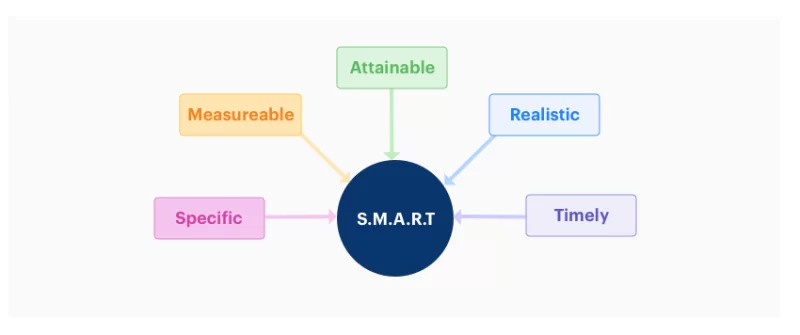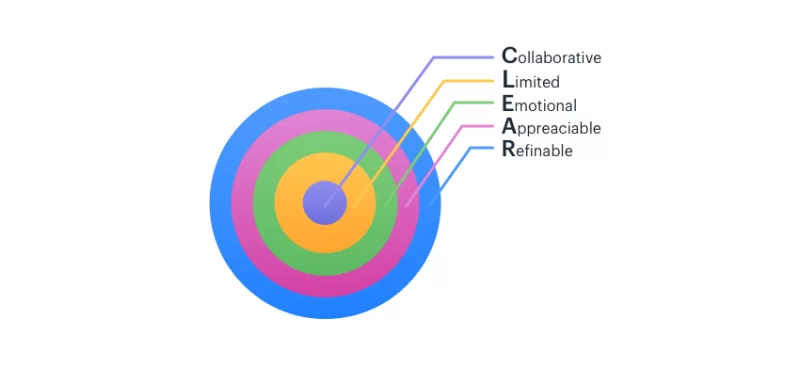Any size and scope of project management is difficult. There is a lot that can go wrong, from organising the minutia to managing the constantly shifting needs of clients to timely shipping of the deliverables. Controlling the project and the output quality is made easier when it is divided into smaller, more manageable stages, each with its own objectives and deliverables.
According to a project management book, you should begin by studying the fundamental phases of the project life cycle if you are in a position where you are supposed to oversee projects for your company and are feeling overburdened.
The Project Management Institute (PMI) outlines a project management life cycle as including five stages: initiation, planning, execution, monitoring, and closure. These phases collaborate to convert a project concept into a working product.

Project Management Phases:
The project management process involves five fundamental phases:
- Initiative of the Project
- Planning
- Implementation of the Project
- Monitoring and Controlling of Projects
- Project Management Phases Closing
Phase 1: Project initiation
Starting a project is the first step in converting a concept into a worthwhile objective. At this point, the project must be broadly defined and a business case developed. You have to establish a project charter and ascertain the necessity for the project before you can do it.
Important information including project limits, objectives, project manager appointment, budget, anticipated timeframe, etc., can be found in the project charter.
Having established the project scope and goals, list the important project stakeholders those who will be participating in the project. Make a stakeholder registry including the positions, titles, needs for communication, and power.
This stage sets a clear project aim, but it does not include any technical specifics that are discussed in the planning stage.
Take the producer of cars who is tasked with creating an electric car. The choice of the car’s capacity, design, and battery power will not be a part of the starting phase. The only thing known is that an electric car will be produced in the allotted time and money.
Phase 2: Planning of the Project
Since it provides the project’s road map, the planning stage calls for total attention. The second stage of project management is supposed to take about half of the whole project duration, unless you are employing a contemporary project management approach like agile project management.
In this phase, the major activities include determining technical requirements, developing a thorough project timeline, building a communication plan, and setting up goals/deliverables. Web apps include, for instance, shopping carts, online forms, spreadsheets, word processors, PDF file converting software, photo and video editing software, file scanning tools, and email clients like Yahoo and Gmail.
Goals for the project can be established in a number of ways, but the most often used ones are S.M.A.R.T. and C.L.E.A.R.
S.M.A.R.T Goals:
The “SMART” criteria guarantee a critical analysis of the objectives you have established for your project. It’s a proven technique that lowers risk and enables project managers to set well-defined, reachable objectives.
The acronym SMART stands for

C.L.E.A.R. Goals:
The dynamic character of a modern workplace is catered to by the “CLEAR” approach of goal setting. Fast-paced companies of today need flexibility and quick outcomes, and CLEAR can assist citizen developers in that regard.
CLEAR is abbreviated as

The project scope is set at the planning phase. The project manager has to give his or her approval before the scope of the project may be changed. For team management, project managers also create a work breakdown structure (WBS), which graphically divides the project into several components.
A thorough project schedule with every delivery is still another crucial component of the planning phase. With the help of such a timeline, project managers can create a calendar for communicating with the pertinent parties and a project communication strategy.
One more crucial project management component of the planning stage is risk minimization. Project management risks are to be identified and a plan to reduce them developed by the project manager by extrapolating historical data.
An efficient change management plan is one crucial component that experts sometimes forget. Project delays and bottlenecks can be avoided by project managers being prepared to make a few adjustments.
Scope creep occurs in the lack of a functional change management plan, which later on in the project presents serious issues for the project team. As much as feasible, therefore, should be done to lessen the likelihood of unanticipated changes.
Phase 3: Project Execution
Where your team actually works is during the project execution phase. Establishing effective procedures and closely observing team progress are part of your job description as a project manager.
Maintaining successful cooperation among project stakeholders is another duty of the project manager at this stage. This guarantees everyone remains in agreement and the project proceeds without any problems.
The top project collaboration tools now on the market can be of assistance. They will simplify your life and raise team production and efficiency at the same time.
Using a brainstorming tool can revolutionise teamwork and creativity. Easily integrating into the project execution stage, this tool enables team members to visualise ideas, exchange comments in real-time, and collectively polish concepts. For groups trying to improve their creative process and guarantee that all opinions are acknowledged during project creation, it is a vital resource.
Phase 4: Project Monitoring and Control
The phases three and four of the project management process are not sequential in character. The concurrent operation of the project monitoring and controlling phase guarantees the achievement of the goals and project deliverables.
Establishing Critical Success Factors (CSF) and Key Performance Indicators (KPI) will help you as a project manager ensure that no one veers from the original plan.
The manager is also in charge of quantitatively monitoring the work and expenses throughout the project throughout the monitoring stage. Tracking not only makes sure the project stays under budget but also helps with next initiatives.
Phase 5: Project closing
The process of project management comes to an end here. The project closes at this point following the last delivery. Sometimes outside expertise is contracted out especially for the job. The project manager also has the duty of ending these contracts and finishing the required paperwork.
After project completion, most teams have a reflection meeting to consider their achievements and setbacks. This is a practical way to guarantee ongoing development inside the business to raise team productivity overall in the future.
Reviewing the whole project and writing a thorough report that addresses every detail is the last duty of this phase. Project managers of that company have access to a safe location where all required data is kept.
While in the past spreadsheets and post-it notes were plenty, digital project management requires a whole new set of skills. The project management test can help you identify the best candidates if you’re trying to locate project managers with experience who understand all five stages from start to finish.
Make Your Project Management Procedure Easier
These days, storing every project-related document is usually done through cloud-based project management software. Even if in the past spreadsheets and post-it notes would have been sufficient for document management, the digital project management environment of today calls for more advanced solutions. To make sure project papers or reports that were first produced in Word format are easily shared and maintained with their formatting intact across different platforms, for example, you may need to use a Word to PDF converter application. Even if in the past spreadsheets and post-it notes would have been sufficient for document management, the digital project management environment of today calls for more advanced solutions. To guarantee that project papers or reports that were first produced in Word format are easily shared and maintained with intact formatting across different platforms, for example, you may need to employ a Word to PDF converter application.
Organising a project into several stages helps it to seem somewhat predictable. It provides an operating framework, which facilitates preparation and execution. In the past, spreadsheets and post-it notes would have been plenty, but nowadays, digital project management demands something quite different.
Planning, organising, and tracking projects requires the appropriate tools. To streamline the project management stages for every project, you require online project management software.


